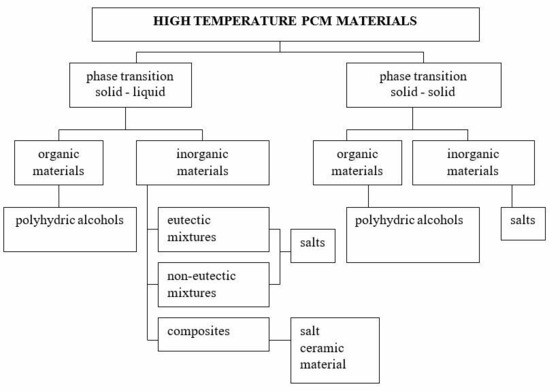29.09.2021
CHARACTERISTICS OF PHASE-CHANGE MATERIALS AND THEIR ROLE IN THE PROCESS OF HEAT ACCUMULATION
Phase change materials (PCM materials) - these are materials that absorb, store and release large amounts of energy in the form of latent heat, in a strictly defined temperature range, called the phase transition range, during which the material changes phase.
Currently, several hundred phase change materials are known, usually water and salt solutions, paraffins, fatty acids and alcohols, sugars, salt hydrates [1].
Phase change materials are generally bad heat conductors, which makes the heat transfer between the PCM material and the mediating thermodynamic medium much more difficult.
Change-phase materials, depending on the temperature range in which the phase transitions used for the energy accumulation process take place, can be divided into three groups [2,3]: low temperature PCM, medium temperature PCM and high temperature PCM.
More information can be found on the Educational Platform.




